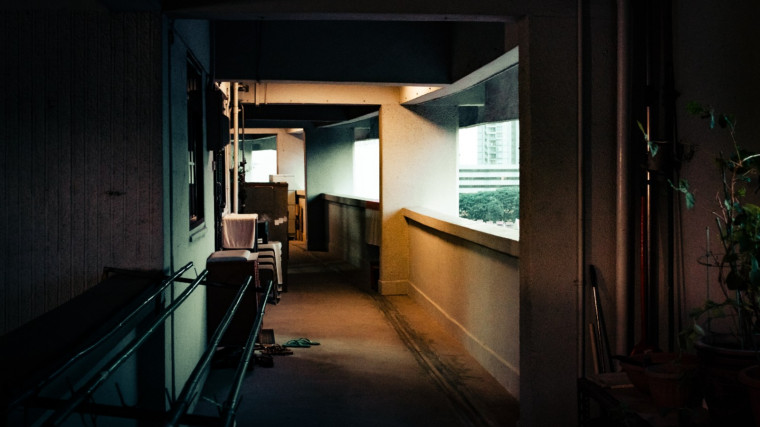|
Audio Version Available
|
Growing up, I’ve always been taught by my mother that it is considered rude to look into people’s homes when you walk past them, whether it be private property or public housing.
As a child, I tried my best not to but curiosity always got the better of me and I would attempt to sneak a peek. After all, I was still a child!
I have better self-control now as an adult but truth be told, that curiosity has never left me. Sometimes, just sometimes, I would do a discreet side eye glance into people’s homes while pretending to look forward. I’m sure we all do it!
Doing a double take
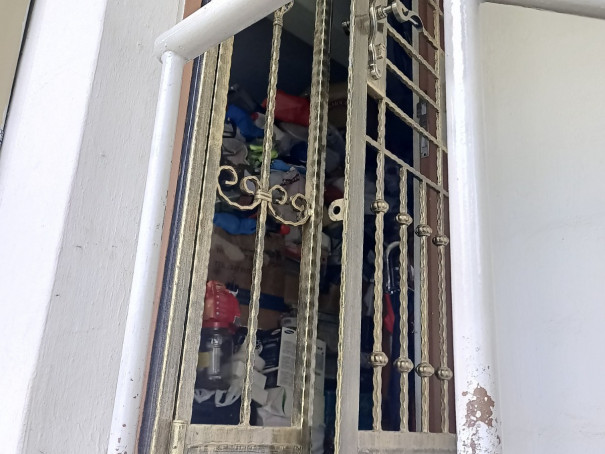
Ten years ago, when I moved into Hougang, my usual side eye peek turned into a full-on stop-pivot-and-stare when I came across a ground floor unit at the block beside mine.
Not only did I stop to stare, I too stopped to gasp.
What I saw was a bona fide Hoarder. With a capital H.
Ever since then, my neighbour’s often cluttered, always pungent flat constantly drew my attention whenever I walked past.
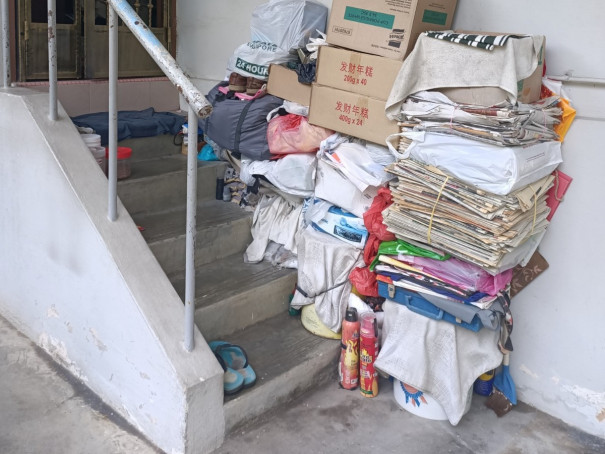
The scene always starts with newspapers and boxes that are piled up on the four steps leading up to his door.
Once, I noticed the front door was open and the gate ajar and from what I could see from the ground level, there was barely a one-foot space between the entrance of the house and a ceiling-high stack of what appears to be junk. Inside the dimly-lit living room, I could make out myriad items – containers, boxes, newspapers, fabrics, plastics in all odd shapes and sizes.
The first thing that crossed my kaypoh Singaporean mind was: “What does the rest of the house look like?”
I imagined it to be nothing short of what I saw through the front door. Other thoughts flitted across my mind, like cockroach and critter infestations, poor hygiene practices and worst of all, the ever-present potential for the fire hazardous flat to go up in flames.
There was also a foul unpleasant smell that emitted from the home whenever I walked past it.
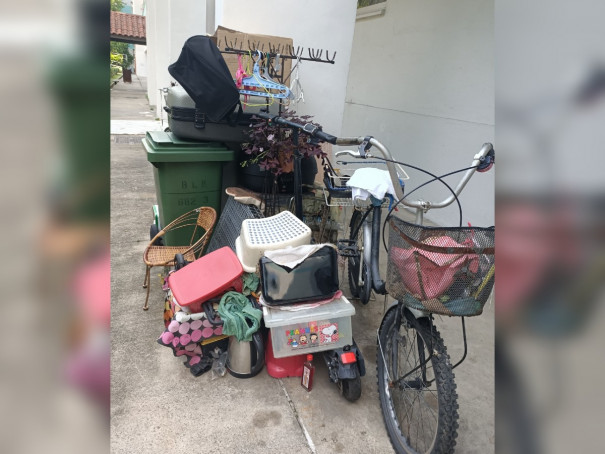
I have seen the occupant, a Chinese man who seems reasonably healthy, in his early 60s perhaps. So he is a hoarder. This man needs help. Does he live alone? Does he ever receive any visitors? Does he have a family? Have they ever tried to intervene?
Doesn’t the sight and smell from his home not bother his immediate neighbours?
Symptoms and behaviour of a hoarder
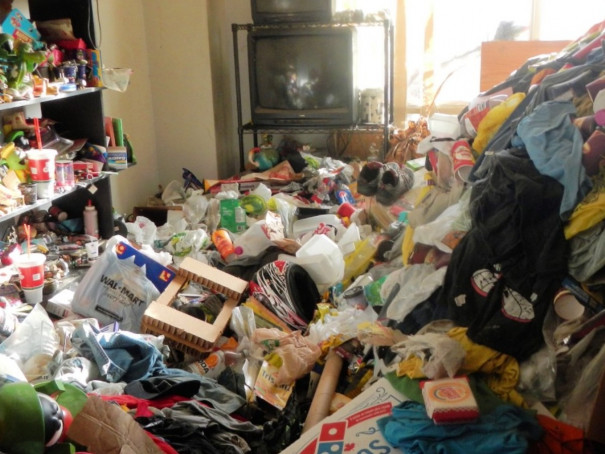
A study conducted by Institute of Mental Health’s (IMH) Research Division as part of the 2010 Singapore Mental Health Study showed that 2% of Singapore’s adult population has a lifetime prevalence of hoarding, which is lower than the 4% reported in studies elsewhere.
Hoarding is also less prevalent as compared to two other common mental illnesses among Singaporeans – major depressive disorder (5.8% of the adult population) and obsessive compulsive disorder (3%).
How do we identify a person with a compulsion for hoarding? Here are some indicators from the Anxiety and Depression Association of America:
- Inability to throw away possessions
- Severe anxiety when attempting to discard items
- Great difficulty categorising or organising possessions
- Indecision about what to keep or where to put things
- Distress, such as feeling overwhelmed or embarrassed, over possessions
- Suspicion of other people touching items
- Obsessive thoughts and actions such as a fear of running out of an item or of needing it in the future; or checking rubbish for accidentally discarded objects
- Functional impairments, including loss of living space, social isolation, family or marital discord, financial difficulties, health hazards
Let’s not wait till it’s too late
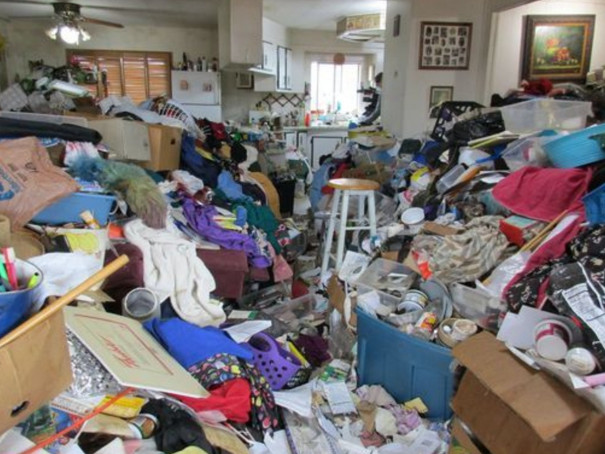
In the 10 years I have lived in Hougang, seemingly nothing has changed in the state of the uncle’s home. But I do wonder what might happen in another 10 years’ time. God willing, he gets to live a long healthy life. But what if he passes away in his home and no one knows? If he doesn’t have anyone to check on him, it would always be just his junk and him.
What if he’s like the man who was found dead in his Bedok North flat? Police had to use a hydraulic tool to enter his flat. Apparently, the police had to remove 10 carts of rubbish to get to his body. His death was only discovered after two weeks.
And those are not isolated cases.
Even if hoarding doesn’t lead to a lonely death, it can also cause a life of isolation, as neighbours often have to contend with dealing with the smells and sights of a rubbish-filled home. Animal hoarding can also be a problem.
A recent study by IMH published in the Singapore Medical Journal reflected the challenges faced by volunteers and welfare organisations who work with hoarders to deal with their situation.
One focus group discussion shared how hoarders would consistently reject offers of help from volunteers and even from their own family members, who already often have strained relationships.
“As far as they’re concerned, (they say) ‘look, I got no problem why you always come and kacau (Malay for disturb) me… why you disturb me, it’s not your problem.”
“They (family members) might have tried talking… to the hoarder, but because it’s not effective, they choose to just leave it and ignore and lead their own life.”
The study also shared how one of the challenges is the fact that many neighbours of such hoarders, in true Singaporean fashion, often insist on a quick fix when the real solution is to build up trust over an extended period of time with the hoarder.
Is showing concern being too kaypoh?

This brings me to the importance of neighbourliness, the need to ‘know thy neighbour’ for the ‘what-ifs’ in life that we cannot predict.
There have been too many incidents of people dying alone in their apartments because no one checked in on them or because people chose to keep to themselves.
Now, choosing to live alone is anyone’s prerogative, but all of us should not be closed off to the idea of befriending a neighbour; if nothing else but for the what-ifs in life.
Other stories you might like


And for those worried that their concern may come across as being too kaypoh, there really is no harm in taking the first step either way.
The IMH report suggested that inviting complaining neighbours to be involved in engaging hoarders could eventually “tear down barriers”.
It also stressed the need for mutual understanding between neighbours and grassroots committees, which could be achieved by public awareness and education on the issue of hoarding.
This could provide an opportunity for individuals “to have a better understanding of the concept of hoarding”, including the complexity of the issue. This may, in turn, help to foster sympathy and tolerance within the community.
It could even help in detecting hoarding cases in the neighbourhood.
Taking action

So let’s stop to think. Is the presence of a compulsive hoarder an obvious signal for help and deserves more attention than the occasional rude stop and stare?
I know for sure that after penning down these thoughts, I will step up and make a change.
The next time I walk past that block and his unit, it won’t be a casual curious side eye, it will be a friendly “Hello Uncle, can I help you?”
If you like what you read, follow us on Twitter and Google News to get the latest updates.
